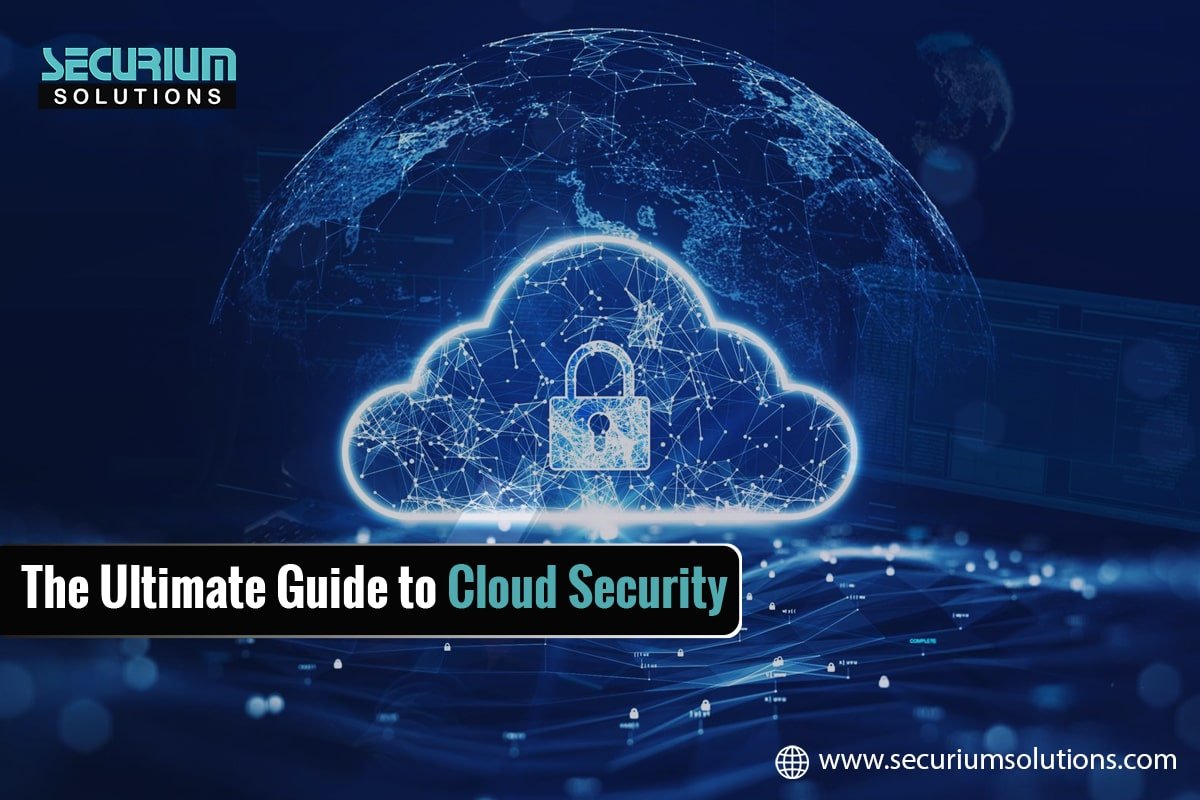Introduction
In today’s digital landscape, cloud computing has become an integral part of businesses and individuals alike. With its numerous benefits, including scalability, cost-efficiency, and flexibility, the adoption of cloud services is on the rise. However, with this increased reliance on the cloud comes the need for robust security measures to protect sensitive data and ensure the integrity of cloud environments. In this comprehensive guide, we will explore the best practices and strategies for cloud security to help you safeguard your information in the cloud.
1.Understanding Cloud Security
A. Definition and Key Concepts:
Cloud security refers to the set of measures and protocols implemented to protect data, applications, and infrastructure in cloud computing environments. It encompasses various security controls and practices that mitigate risks and ensure the confidentiality, integrity, and availability of cloud resources. In cloud computing, three primary service models exist: infrastructure as a service (IaaS), platform as a service (PaaS), and software as a service (SaaS).
B. Shared Responsibility Model:
Cloud security follows a shared responsibility model, wherein cloud service providers (CSPs) and customers have distinct security responsibilities. CSPs are responsible for securing the underlying infrastructure and the physical security of data centers. On the other hand, customers are responsible for securing their applications, data, and access controls within the cloud environment.
2. Common Cloud Security Challenges
A. Data Breaches:
Data breaches have become a growing concern for organizations using cloud services. Attackers target cloud environments to gain unauthorized access to sensitive data, resulting in financial losses, reputational damage, and legal consequences. Recent high-profile breaches, such as the XYZ breach, highlight the importance of robust cloud security measures.
B. Unauthorized Access:
Unauthorized access to cloud resources can lead to severe consequences. Weak authentication mechanisms, compromised accounts, or improperly configured access controls can result in unauthorized individuals gaining access to critical systems and data stored in the cloud. This emphasizes the need for strong authentication practices and vigilant access management.
C. Insecure APIs:
Application Programming Interfaces (APIs) play a crucial role in cloud computing, allowing seamless communication between different components. However, insecure APIs can become a gateway for attackers to exploit vulnerabilities and gain unauthorized access to cloud resources. It is essential to understand the security implications of APIs and implement robust security measures to protect them.
3. Best Practices for Cloud Security
A. Strong Authentication and Access Controls:
Implementing strong authentication mechanisms, such as complex passwords and multi-factor authentication (MFA), adds an extra layer of security to cloud environments. Role-based access control (RBAC) and the principle of least privilege ensure that users have the necessary permissions to perform their tasks, reducing the risk of unauthorized access.
B. Data Encryption:
Data encryption is a critical component of cloud security. Encrypting data at rest and in transit provides an additional layer of protection against unauthorized access. Employing robust encryption algorithms and secure key management practices ensures the confidentiality and integrity of sensitive information.
C. Regular Security Audits and Monitoring:
Regular security audits and continuous monitoring of cloud environments are vital to identify and address potential vulnerabilities and security incidents promptly. Leveraging security information and event management (SIEM) tools enables real-time monitoring, threat detection, and response, minimizing the impact of security breaches.
D. Incident Response and Disaster Recovery:
Having a well-defined incident response plan and disaster recovery strategy is crucial for effective cloud security. These plans outline the steps to be taken in the event of a security incident, ensuring a prompt and organized response. Regularly testing these plans through simulated exercises helps identify areas for improvement.
4. Choosing a Secure Cloud Service Provider
A. Evaluating Security Features:
When selecting a cloud service provider, it is crucial to evaluate their security features and protocols. Look for providers that offer robust security measures, including data encryption, regular audits, and compliance with industry standards. Additionally, consider certifications like ISO 27001 and SOC 2, which demonstrate a commitment to security.
B. Reading the Service Level Agreement (SLA):
Thoroughly reviewing the Service Level Agreement (SLA) is essential before engaging with a cloud service provider. Pay attention to sections related to security, data protection, breach notification, and their responsibilities in the shared security model. This ensures alignment with your organization’s security requirements and compliance needs.




